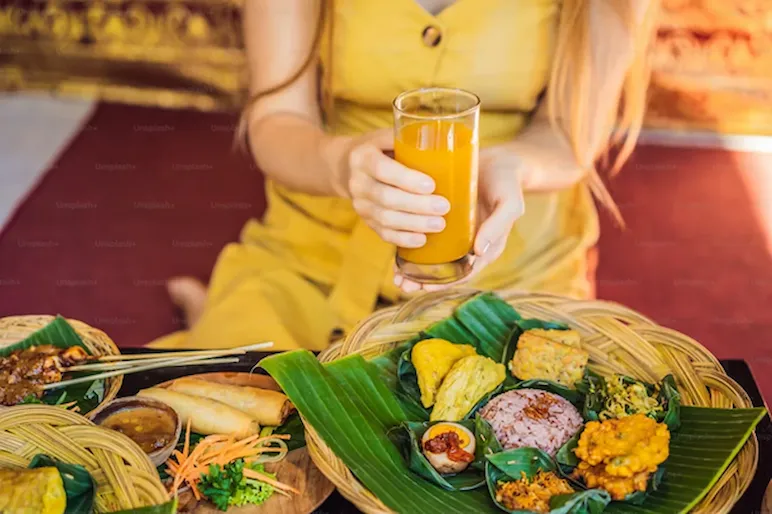Bali’s cultural heritage is deeply tied to sacred temples that carry centuries of history. Pura Agung Gunung Raung Taro in Gianyar is one of the most significant. The temple is closely linked to Dang Hyang Markandya, the sage from East Java who laid foundations for Bali’s religious life and agricultural system. Read on to discover more!
Exploring this temple offers insight into the journey of a spiritual leader, the origins of Bali’s agrarian traditions, and the architecture that frames its sacred landscape.
The Journey of Dang Hyang Markandya
The story of Pura Agung Gunung Raung Taro begins with Dang Hyang Markandya, who once lived on Mount Raung in East Java. In deep meditation he received guidance to travel to Bali. Following this vision, he crossed the sea and established Pura Basukian at Besakih, which became the first step in shaping the island’s sacred network.
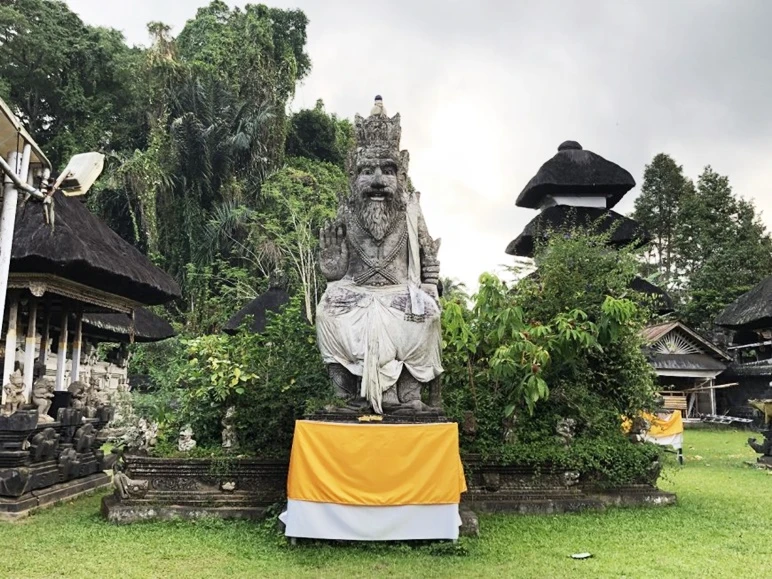
His journey later brought him to Desa Taro in Gianyar. Here he founded Pura Gunung Raung and began to guide the community. He introduced agricultural practices, opened farmland, and organized irrigation. This marked the start of an agrarian tradition that shaped daily life and defined the balance between people and land in Bali.
Desa Taro and Sacred Symbols
Desa Taro holds unique meanings in Balinese history. The name comes from taru, meaning “tree,” inspired by a luminous tree that once stood in the village. The village became a place where spiritual teachings took root under the presence of Dang Hyang Markandya.
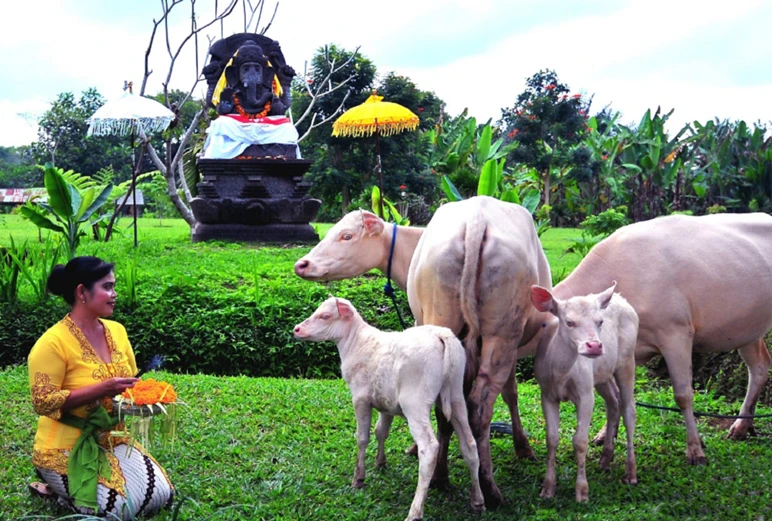
Taro is also known for the white cattle that are treated as sacred animals. These cattle are linked to Shaivite values in Hindu tradition and reflect a vision of life where nature is honored alongside worship. The symbols of Taro stand as reminders of how spirituality was expressed in forms visible to the community.
Architectural Character of the Temple
Pura Agung Gunung Raung Taro is recognized as one of the grand temples of Gianyar. The complex serves as a spiritual center for 39 surrounding villages. Its architecture reflects Balinese principles with gateways of carved stone, tiered shrines, and courtyards arranged in harmony with cosmic order. The name Gunung Raung recalls the mountain in East Java where Dang Hyang Markandya once resided. This connection unites geography and memory, linking the origin of his vision with the foundation he built in Bali. The temple stands as a landmark that embodies faith and continuity.
Ritual Practices and Hospitality
The temple remains active as a center of worship. Visitors may observe prayer ceremonies, accompanied by offerings and the sound of chants. Traditional attire such as kamen and selendang is provided, allowing participants to enter the temple space in a respectful way.
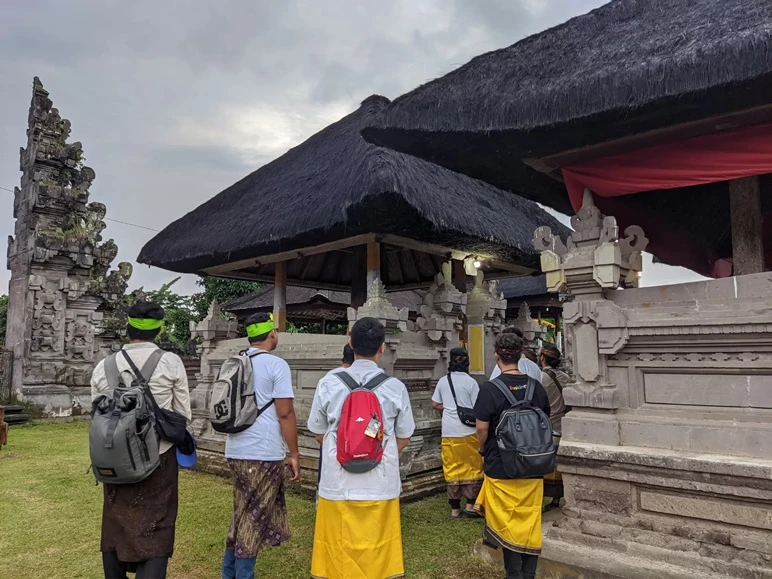
Hospitality is extended through offerings of welcome drinks, opportunities to share meals, and the option to prepare banten pejati for ceremonies. These experiences provide a direct connection to the life of the temple and the rhythms of devotion that define it.
Agricultural Wisdom and the Subak System
The teachings of Dang Hyang Markandya in Desa Taro gave rise to practices that formed the basis of Bali’s agricultural system. His guidance emphasized the careful use of land, water management, and cooperation among farmers. From this foundation, the subak irrigation system emerged. Subak continues to regulate rice cultivation across Bali and has been recognized by UNESCO as an intangible cultural heritage. The system reflects principles of community balance and sustainable farming introduced centuries ago, showing how spiritual guidance shaped both culture and environment.
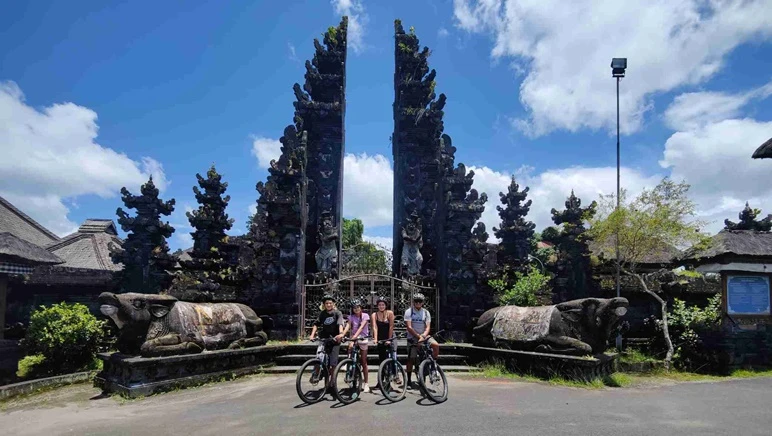
Pura Agung Gunung Raung Taro stands as a monument to the journey of Dang Hyang Markandya. It preserves the story of a sage whose vision transformed Bali through the creation of temples and the development of agrarian life.



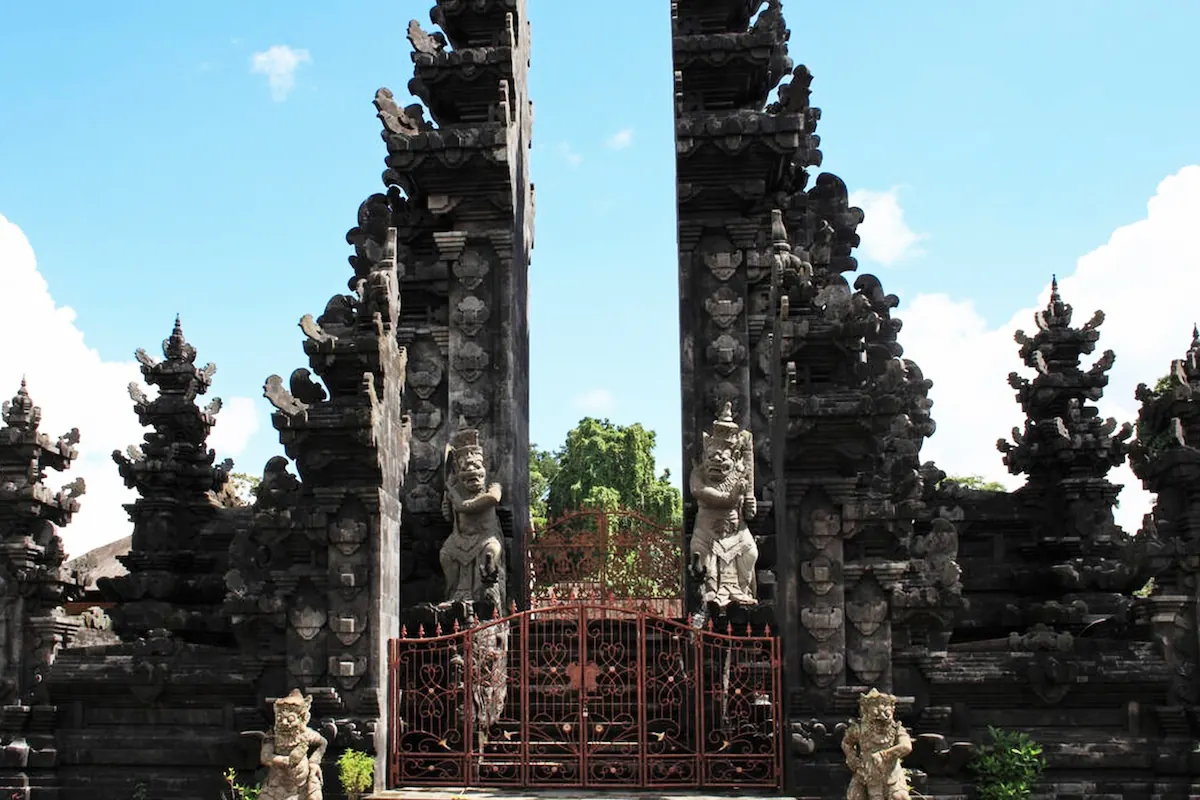
 Billy Bagus
Billy Bagus
 Sep 30, 2025
Sep 30, 2025






